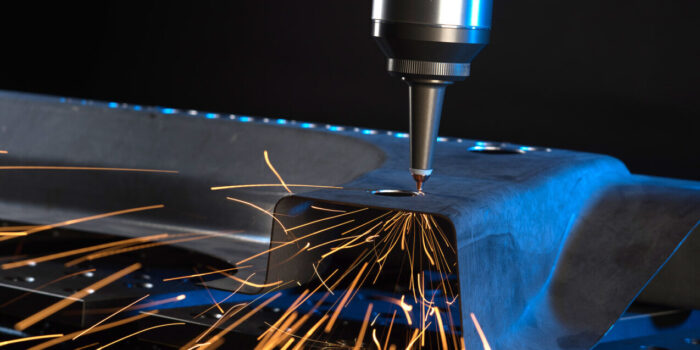It has long been possible to observe the great importance of the Internet and its unlimited possibilities in our times, which is why we strive to make it as fast and trouble-free as possible. There are many possibilities of connections on the market, including cable, satellite, radio, telephone and fiber-optic connections. The best possible alternative is optical fiber, as it allows data transmission up to several terabytes per second, although it also sends a signal using ones and zeros, as in the case of copper cables, but instead of an electrical signal, visible light waves are used.
The optical fiber is made of glass fiber and plastics, the signal sent by the light wave is resistant to interference that may be caused by weather changes. It not only contributes to the transmission of internet data, but also increases the quality of the television and telecommunications signal.
There are two types of optical fibers:
- single-mode,
The principles of operation are very similar, however, the single-mode optical fiber has a minimal core and one light beam that does not reflect from the faces of the planes, so it does not require the need of optical amplifiers to send the signal over different distances. On the other hand, multimode lets one inside the conduit, which then branches into multiple wave rays. Their length is the same, but each of them runs in a different direction, as a result of which slight vibrations of the link may occur, to prevent this, optical amplifiers are used.
To reap the benefits of a given technology, you need to call in a fiber optic welder. The fitter will precisely weld and accurately perform the tasks entrusted to him, which include:
- preparation of the appropriate length of the optical fiber,
- matching distribution boxes or joints to which the optical fiber will be inserted,
- thorough cleaning and fiber measurement,
- putting on the sheath and shortening the fibers.
Only after unhooking the above combinations does it introduce the fibers into the welder and perform the weld. It uses the thermal welding method to connect optical fibers. It is characterized by the need to use a special welding machine, thanks to which it is able to generate an electric arc. The optical fibers melt, after which it is possible to connect them, and finally, the optical fiber is covered with a heat-shrinkable sheath, and then the welded track is measured.
The second way is to use a mechanical connection that is already being abandoned as it is much weaker in terms of strength and quality. Due to the defective structure of the connector, it loses its properties, and finally stops working, defining that it consists in joining optical fibers without the need for a welding machine. This technology is only used in emergencies.
However, the work of a fiber optic welder would not be complete without the right tools, so we will briefly describe what the specialist is equipped with. The most important and definitely the heaviest equipment is a fiber optic welder. The huge choice on the web often causes a big problem with finding the right offer, because the rates vary widely, and as the saying goes: "Price does not always equal quality".
 So how should you choose the right welding machine?
So how should you choose the right welding machine?
We rush to help. First of all, it is necessary to determine the intended number of splices during the installation and plan the type of network in which it will take place welding of optical fibers.
There are three types of them:
- centering welding machines for the real core,
- centering welders for the geometric core
- centering welders for the geometric core
The first of these is characterized by the highest quality, therefore it will be the best choice for a very large range of welds. Centering welders to the geometric core are used in the construction of extensive fiber optic networks, because they are very precise, and during operation they arrange the fibers according to the core. The last option is the cheapest, and thus also low in terms of measure. Considering how precisely the entrusted work must be performed, a cleaning pen of various weights and a cleaning cassette for all types of connectors must not be missing. Other tools include cleavers, optical power meters, fault locators, Kevlar shears, cutters, strippers and slitters.
How does optical fiber affect our lives?
Let's start with how often and how we use computers, phones or tablets. In 2019, among Poles, there was an over 80% rate of households with access to the network, including only, and perhaps as much as 6.5% of households using optical fiber. With that in mind, let's focus on the pluses of a given network. We have been struggling with the climate crisis for a long time, it is also influenced by the link from which we benefit, because the fiber network consumes up to 17 times less energy than traditional copper cables. Another attribute is the price, not only the cost of use, but also the construction of a fiber-optic network, because it uses a smaller number of devices that care about the quality of the signal, and the cables themselves are thinner and lighter. Another advantage is the quality of workmanship, because the entire structure can live up to 40 years with us, provided that the surface layers are tight. The last strength of optical fiber is the speed of data transmission. Therefore, it is worth investing in access to a fiber optic link, thanks to which you will gain the possibility of trouble-free remote work, which is at a premium in these times. It minimizes your own needs through entertainment, giving you unlimited serial downloads, time and convenience that no other connection can provide.


 So how should you choose the right welding machine?
So how should you choose the right welding machine?